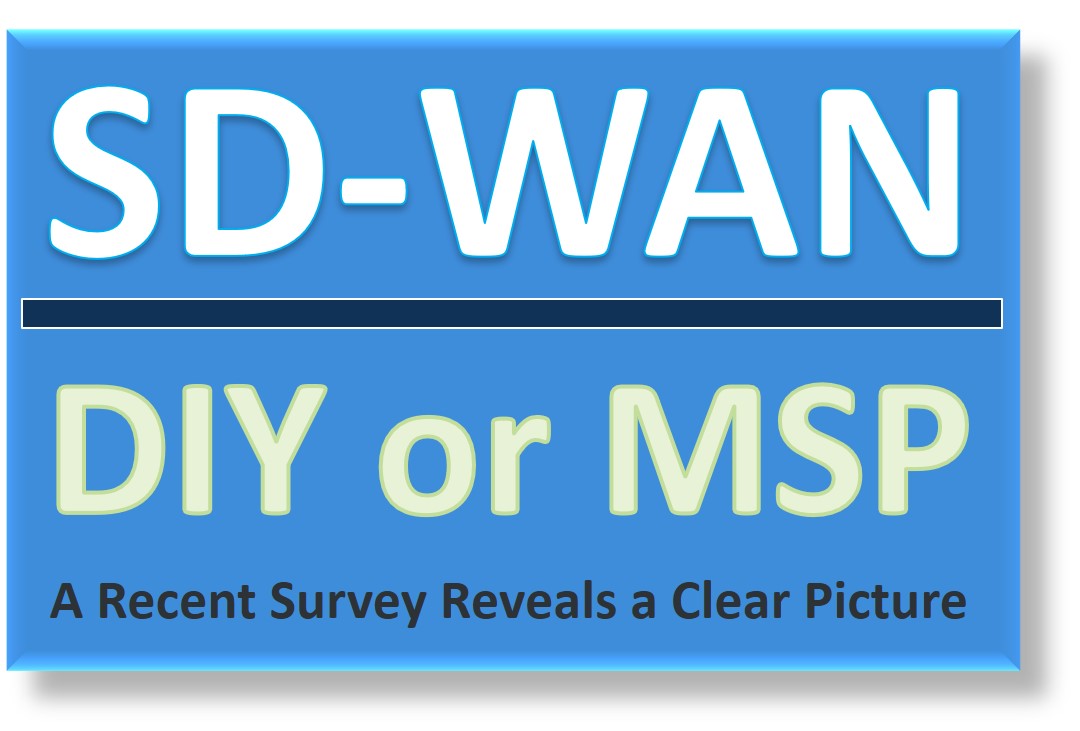Kyle was responsible for selling Cloud Migration Services to clients. Specifically, his company would be contacted when a business wanted to move from their current email provider to a more refined and reputable solution that Kyle’s business sold. At first he sold the service by charging exactly what the competition charged. A few weeks later he moved the price up 10%….and sales continued briskly. As the weeks passed he kept increasing the price of the service, higher and higher, until his company was charging twice as much as the competition. Surprisingly the number of migrations being performed stayed steady. In fact, after reviewing his account notes Kyle could not find a single example of a prospect that decided against the service because it was too expensive.
Setting prices for the services you offer can be stressful. How do you know what to charge? Surprisingly, most service professionals charge too little for their offerings. Like providers of other service offerings and specialized skill-sets, technical professionals often undervalue the real value of their skills and capabilities. IT professionals fall victim to choosing a price that they think will be agreeable to the customer instead of a price that fairly represents the worth of their skills and the solutions they are offering. In many cases, pricing strategies for IT services are derived from one or more of the following data points:
- The price the competition charges for comparable services.
- The price that seems will lead a client to say “yes.”
- A specific percentage markup compared to your cost of providing the service.
- A number randomly and arbitrarily pulled from thin air.
Pricing strategies for IT services are too often based on what someone else is doing, what someone else wants, or based on a meager increase to the cost of providing the service. Otherwise, a completely inconsequential price is set because the provider thinks it won’t be too off-putting to potential clients. Rarely (if ever) are price points determined based on what the market will actually bear. This kind of strategy is ridiculous; your skills have a demonstrable value. Discounting them in an effort to please customers or fit in with the competition rarely works out well in the long run.
Time and again IT services providers sit in on keynote speeches wherein the speaker boasts of charging two or three times as much as everyone else for the same offering. They hear stories like Kyle’s and listen wide-eyed in awe. Then they go home and continue right along with the same prices as before, wondering how they could possibly raise their prices to experience the same type of success. Of course the answer is simple: go ahead and increase prices. You will be surprised – and delighted – at how much more revenue you can create by simply increasing your prices.
If part of demonstrating your value proposition is detailing how your service is superior to that of your competitors then you should be more than willing to charge more than those competitors! As we’ve discussed before, winning on price is a loser’s game. Find the fair value of the services and solutions you offer and stick to it! If you are pricing your offerings based on anything other than the maximum amount the customer is willing to pay then your pricing strategy is demonstrably inefficient. If you never have a prospect tell you that your offering is too expensive, then you are leaving money on the table with your existing customers.
Click here to learn how Mosaic NetworX delivers custom solutions to clients that understand the advantages of paying for IT expertise!






